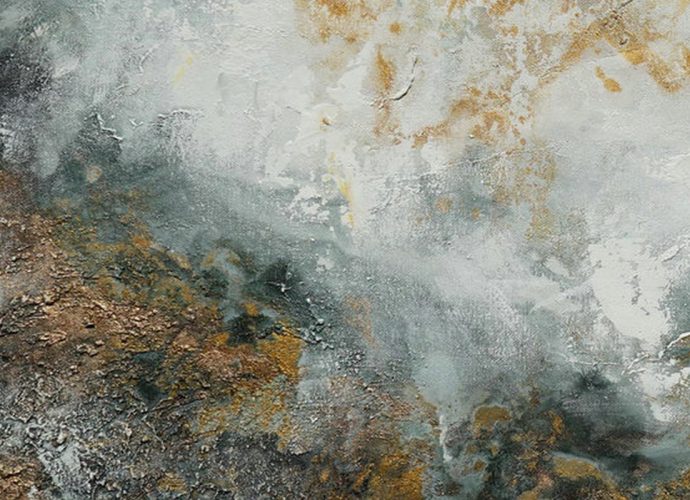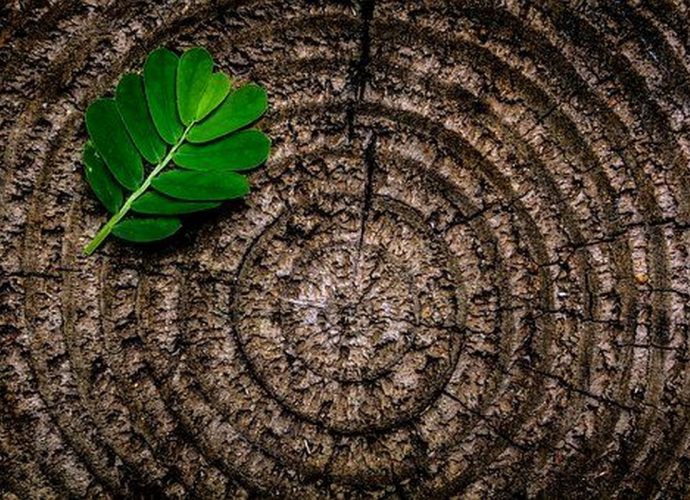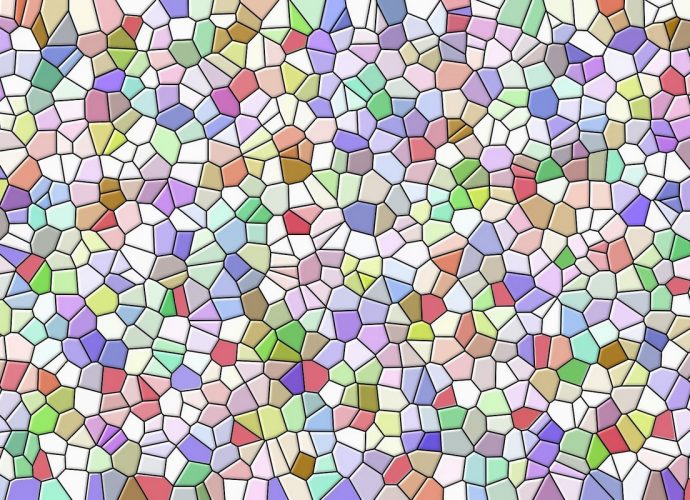Can You Scrub Stainless Steel?
7 Cleaning Products You Should Never Use on Stainless Steel Harsh abrasives. Scouring powders. Steel wool. Bleach and other chlorine products. Glass cleaners that contain ammonia, such as Windex. Tap water, especially if yours tends to be hard water (use clean distilled or filtered H2O instead) Oven cleaners. Can youRead More →









